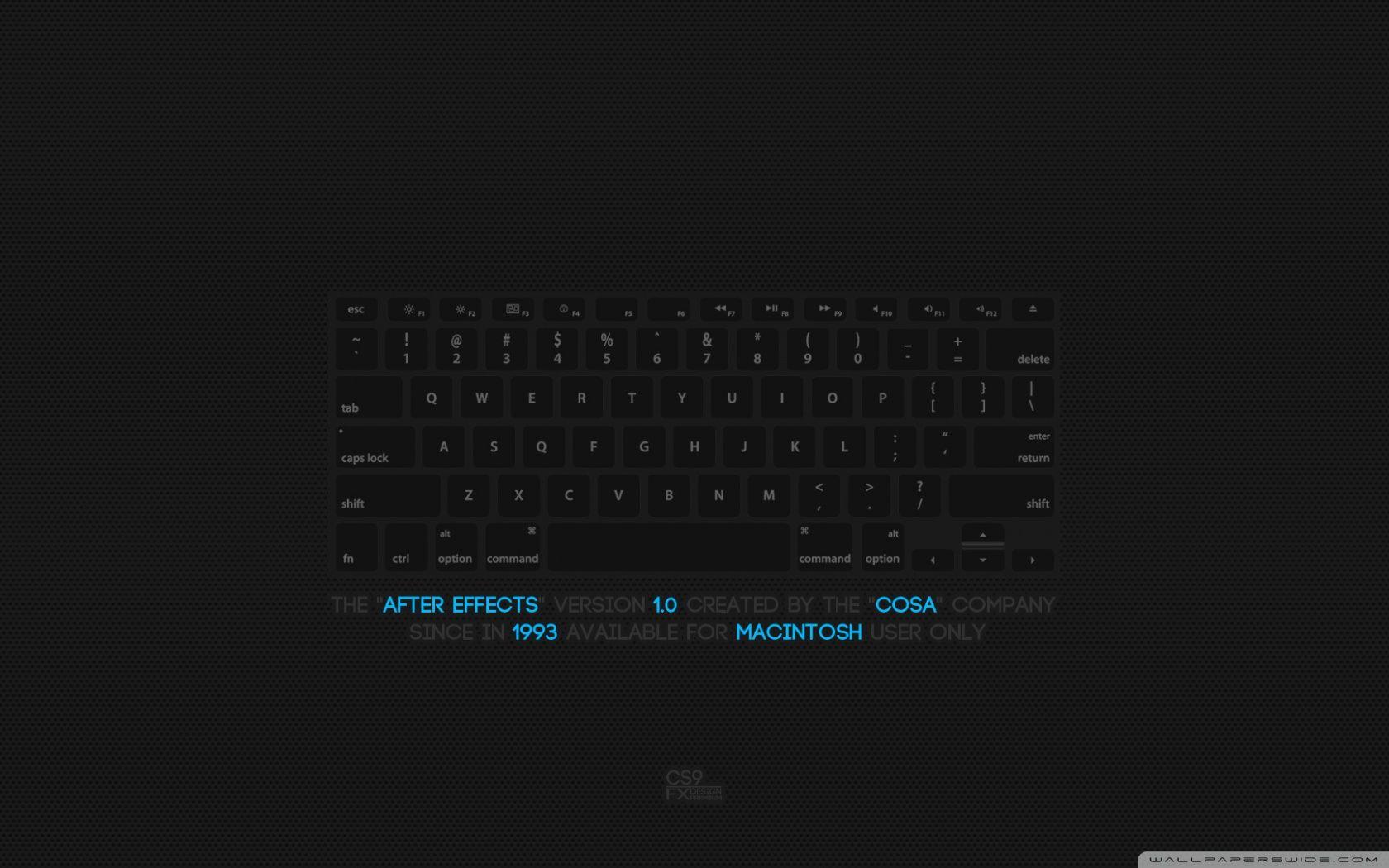

Your After Effects installation contains a preset folder in which all preset files are contained. Rather than working within After Effects, this method is done within your operating system’s file browser. To use your default browser, choose ‘Apply Preset’ instead.įrom there, just select your desired preset, and it will be applied to the layer you selected earlier. Then navigate to the ‘Animation’ tab, then select ‘Browse Presets’ if you’d like to locate it within Adobe Bridge. Open After Effects and select the layer you want to apply a preset to. Both are fairly simple, but which method you choose to use is up to you, depending on the situation. Installing presets can be done one of two ways. For more information on similar After Effects jargon, check out our article on the difference between presets, plugins, scripts, expressions, and templates. One can be created by any user within After Effects, while the other must be coded like any piece of software.
Ready a mac for after effects software#
It’s understandable to confuse a preset with a plugin, but the two are quite different.Īn After Effects preset is a predefined combination of effects saved within AE, while plugins are separate software that work with After Effects to produce effects the program is unable to do as is.
Ready a mac for after effects how to#
Let’s look into how to install presets, for those of you who have yet to utilize them.īefore delving into how to use an After Effects preset, it’s obviously rather important to understand what an After Effects preset actually is. Have any tips for working with markers in After Effects? Share your thoughts in the comments below.After Effects presets can be extremely useful, whether they be to speed up a process or make a certain effect easier to achieve. Quickly Keying Out Black Backgrounds in After Effects.Using the Clamp Expression in After Effects.Want to learn more After Effects quick tips? Check out a few of the following resources: If you don’t want to lock your markers, simply right click and select lock all markers. If you want to delete your marker, you can do so by right clicking and selecting delete marker or delete all markers. Step 3: Move Markers as NeededĪfter a marker is set, you can easily move it around by simply clicking on it and dragging it around. Please note: You don’t have to have your marker be a single point in time! By adjusting the duration box, you can set a marker to last over a span of time. Once a marker is set, you can double click on the marker to add comments, links, and cues for your marker. To set a marker, simply navigate to Layer>Add Marker or you can simply do the keyboard shortcut Control+8. For more information regarding this technique, check out PremiumBeat’s article on previewing audio in After Effects. If your animations are going to be timed to music, this can be a really handy way to visually show where important audio cues will be. Simply move your CTI (Current Time Indicator) to the spot in which you want the marker to be placed. So, if you’re interested in how to set markers in After Effects, simply follow these quick steps. Premiere users will also be thrilled to hear that markers can transfer directly to After Effects using the Adobe Dynamic Link. If you’re familiar with using markers in any major NLE, then you will be very familiar with the ins and outs of setting markers in After Effects. In short, markers allow users to set a point of reference that can hold comments and links.

If you’re trying to perfect the timing and movement of your animation, then markers are a great tool to use in After Effects. Perfect your animations with a quick look at setting markers in After Effects!


 0 kommentar(er)
0 kommentar(er)
